Today's consumers may be more health-conscious than ever before. And they're putting the knowledge they've gained to good use by monitoring their sleep, exercising, and paying close attention to their diet. That includes consuming foods and drinks with nutritional benefits—including green tea! That's why, in this post, we'll tell you all about green tea for diet and the benefits and science behind green tea consumption.
As more people prioritize wellness, the demand for natural, nutrient-packed drinks has risen, and green tea has emerged as a favorite due to its numerous health benefits. Its versatility, from boosting metabolism to supporting weight loss, makes it a valuable addition to any diet plan, offering a refreshing and healthy alternative to sugary drinks and artificial beverages.
Let's talk more about exactly how green tea benefits diet efforts and the science behind these benefits.
Japanese Green Tea Contains Less Than 2 Calories A Cup
Is losing weight your healthy lifestyle goal? Japanese green tea may be able to help.
Premium-quality green tea contains tons of beneficial ingredients to support your weight loss program and contains no artificial colors or preservatives. Calorie counters can rest easy knowing a cup of plain green tea contains less than two calories.
Consumers should be aware, however, that adding just one tablespoon of honey and cream to their green tea can boost that calorie count to 86. So, those drinking green tea to lose weight should beware of adding additives to their cup.
While Japanese green tea is naturally low in calories, it's important to remember that the overall health benefits can be compromised if too many additives are added. For those aiming for weight loss, sticking to plain green tea or adding a small splash of lemon for flavor can help maintain its calorie-free status. Moreover, green tea's natural taste is subtle, and many find that it becomes a refreshing alternative to higher-calorie beverages once they get accustomed to its unique flavor profile.
Anti-oxidant Element In Green Tea Helps Break Down Fat
Apart from being low in calories, green tea contains a metabolism-boosting antioxidant. It helps block the enzyme that breaks down the hormone used by the nervous system to signal fat cells to break down fat. Better still, this is just one of the ways in which green tea can support your healthy weight loss program.
The antioxidant properties in green tea go beyond just calorie burning. These antioxidants, particularly catechins, play a crucial role in boosting your metabolism by improving fat oxidation. By inhibiting the enzyme that prevents fat breakdown, green tea helps the body more efficiently burn stored fat for energy. This process not only supports weight loss but also enhances overall metabolic function, making green tea a powerful ally in any weight management plan. Regular consumption can help maintain a steady metabolism, which is essential for long-term weight control.
Chinese Medicinal Classic States Tea Makes You Thin
It seems even early medical practitioners knew of tea's ability to help slim the waistline.
"Drinking tea for a long time makes one thin," says one Chinese medicinal classic, Bencao Shiyi, an early practical guide for clinical diagnosis and drug application.
How much green tea does one need to drink to begin experiencing weight loss?
A study from the University of Maryland Medical Center found that adding as little as 2 to 3 cups of green tea a day to your diet can be beneficial to those drinking the tea to lose weight. That's as simple as having one cup with breakfast, lunch, and dinner!
The connection between tea and weight management isn't just a modern discovery. Ancient wisdom, as seen in the Chinese medicinal classic Bencao Shiyi, suggests that tea has been valued for its slimming effects for centuries. The idea that drinking tea can help reduce body weight was recognized long before today's scientific studies confirmed its benefits.

How To Ensure Optimal Diet Benefits From Green Tea
Consumers should be aware that the number of beneficial compounds in their tea leaves can vary from plant to plant.
One way to ensure a consistently high level of these compounds is to look for tea that has been raised using the traditional Japanese Chagusaba farming method. The Chagusaba farming method produces a Japanese green tea that is especially high in a group of antioxidant flavonols called catechins and is a time-tested method for producing nutrient-rich tea leaves.
To ensure you're getting the maximum dietary benefits from your green tea, it’s important to choose the right variety. As the antioxidant levels and beneficial compounds in green tea can vary greatly between plants, opting for tea grown using the traditional Japanese Chagusaba farming method is one of the best ways to ensure consistent quality. This method, known for producing tea leaves rich in catechins, enhances the tea’s fat-burning and metabolism-boosting properties. By selecting green tea cultivated with this time-tested farming technique, you're more likely to experience the full range of health benefits, from improved digestion to more effective weight management.
Green Tea Element - Catechines And Diet Effect
A 1992 study by Harold Graham showed that roughly 30% of dried tea weight may consist of these catechins.
While these substances can be found in other dietary sources, according to a 2009 Journal of Nutrition study, this unique blend of antioxidant compounds in green tea is especially effective in supporting exercise-induced abdominal fat loss when coupled with a moderate-intensity workout program of at least 180 minutes per week.
Additional benefits were seen in the shrinkage of the total abdominal fat area, the subcutaneous abdominal fat area, and fasting serum triglycerides. The unique flavanol blend in green tea has been shown to be especially effective in this regard.
Catechins, a group of powerful antioxidants found in green tea, play a significant role in weight loss and fat reduction. A 1992 study by Harold Graham revealed that about 30% of the dried tea weight is made up of these beneficial catechins. While they can be found in other foods, green tea offers a particularly potent combination of catechins that effectively supports fat loss. According to a 2009 study published in the Journal of Nutrition, this unique blend of antioxidants is particularly beneficial for reducing abdominal fat when combined with regular exercise, such as a moderate-intensity workout program of at least 180 minutes per week. Further studies showed that green tea's catechins not only contribute to a reduction in overall abdominal fat but also specifically target subcutaneous fat and help lower fasting serum triglycerides, making it an essential part of any weight management routine.
(Read more about the science of green tea and catechins in this post.)
Catechines And Their Effect On Lowering Insulin In Body For Diet
The flavanols in green tea are also known to have insulin-lowering properties. This is important both to people who have been diagnosed with diabetes and to those who want to lose weight and keep it off successfully.
Fatty acids are absorbed from the bloodstream into fat cells, muscle cells, and liver cells. When insulin stimulates these cells, fatty acids become fat molecules in the body.
More insulin means that more chemical signals in your body are telling your tissues to store fat. By lowering insulin levels, the catechins in green tea can help your body store less fat. This means reaching your weight loss goals more quickly and keeping off the excess weight in the future.
Catechins in green tea not only aid in fat breakdown but also play a crucial role in regulating insulin levels within the body. Elevated insulin levels encourage the storage of fat, as insulin signals fat cells, muscle cells, and liver cells to absorb fatty acids from the bloodstream, turning them into fat molecules. For individuals looking to manage their weight or those diagnosed with diabetes, lowering insulin levels is an important step in improving fat metabolism. The flavanols found in green tea help achieve this by reducing insulin levels, thereby preventing excessive fat storage. By incorporating green tea into your diet, you can enhance your ability to shed fat more efficiently, making it easier to reach and maintain your weight loss goals over time.
Green Tea Element - Caffeine And Diet Effect
Although green tea has just 35 mg of caffeine, far less than the caffeine found in a single cup of coffee, these low doses can still help green tea drinkers shed pounds by boosting the metabolism and increasing body temperature.
Ingesting caffeine causes the body to release the hormone norepinephrine, which primes the brain and body for action. The heart quickens and the body temperature rises, burning more calories. The body undergoes additional lipolysis, turning fats into more readily available energy sources.
Furthermore, the moderate caffeine content in green tea not only aids in calorie burning but can also enhance physical performance. By increasing energy levels and reducing fatigue, caffeine can help you sustain longer workout sessions, resulting in more calories burned during exercise. This effect is particularly beneficial for those engaging in endurance activities, where a sustained boost in energy can lead to more significant fat loss over time.
Caffeine And Cathechins Working Together
It's interesting to note that it's really the interaction between the caffeine and catechins that gives green tea its fat-shedding reputation. This is thanks to catechins' ability to inhibit an enzyme that degrades norepinephrine.
Additionally, caffeine can help combat the mental and physical fatigue of exercising, allowing us to work out longer. As a mild diuretic, caffeine can also help dieters lose excess water weight.
The combination of these two compounds—caffeine and catechins—works synergistically to enhance fat burning. While caffeine boosts energy levels and increases metabolic rate, catechins amplify this process by improving fat oxidation and preventing fat from being stored. This synergy makes green tea not just a calorie-burning drink but also an effective aid for maintaining a healthy weight over the long term.
Green Tea Element - EGCG And Diet Effect
In addition to the above-mentioned chemical constituents, green tea contains yet another important flavonol, Epigallocatechin gallate (EGCG).
This compound is shown to increase fat oxidation by 33% for up to two hours after eating. It is this fat oxidation process that takes large fat molecules and breaks them back down into their smaller parts, triglycerides and fatty acids, making their energy more available to the body.
EGCG also helps improve the body’s ability to burn fat during both rest and physical activity, supporting overall fat loss efforts. The compound’s ability to enhance fat burning makes it an essential element of green tea’s fat-burning power, particularly when paired with regular exercise. This means that consuming green tea rich in EGCG can help accelerate weight loss and increase the effectiveness of fat-burning workouts.
How To Take Most Advantage Of Diet Elements In Green Tea
Since flavonol content can vary from plant to plant and by brewing method, it’s important to know how to select and prepare your green tea to ensure that it contains the maximum dietary benefit possible.
To maximize the amount of pound-shedding potential in your cup of tea:
- Choose a premium-quality green tea farmed using the Chagusaba method. This seems to be the most consistent method of producing tea plants that contain the highest number and quality of fat-busting flavonols.
- Hot water seems to release more catechins into your green tea. Brew your tea in water that is 100 degrees Celsius for the best results.
- Steeping your green tea for too long may unfavorably impact the taste. Steeping for too short a time can mean that you're missing out on important nutrients. For an optimal brew, steep your tea for 3–4 minutes before consuming.
- Opt for fresh, loose-leaf green tea instead of pre-bagged tea. Loose-leaf tea tends to preserve more of its beneficial compounds, providing a higher quality cup with better flavor and nutrient content.
- Avoid adding sugar or sweeteners to your green tea. While it might be tempting to enhance the flavor, adding sugar can counteract the health benefits, turning a low-calorie drink into a calorie-packed beverage that can hinder your weight loss goals.
This article was originally posted in 2016 and updated in 2025.
Below is premium-quality Japanese Diet Pu-Erh tea with all the diet elements mentioned above. It has 1.7 times more diet elements than other teas. Start drinking this daily in the morning to get maximum benefits.
We also introduced Diet Green Tea, which is an all-natural green tea in a teabag. This one is for those who prefer the taste of green tea.
Get Free Bonus Books

Sign up for free to the Green Tea Club to get advice and exclusive articles about how to choose Japanese Tea, and tips, tricks, and recipes for enjoying Japanese tea.
About the author
Kei Nishida
Author, CEO Dream of Japan
Certification: PMP, BS in Computer Science
Education: Western Washington University
Kei Nishida is a passionate Japanese green tea connoisseur, writer, and the founder and CEO of Japanese Green Tea Co., a Dream of Japan Company.
Driven by a deep desire to share the rich flavors of his homeland, he established the only company that sources premium tea grown in nutrient-rich sugarcane soil—earning multiple Global Tea Champion awards.
Expanding his mission of introducing Japan’s finest to the world, Kei pioneered the launch of the first-ever Sumiyaki charcoal-roasted coffee through Japanese Coffee Co. He also brought the artistry of traditional Japanese craftsmanship to the global market by making katana-style handmade knives—crafted by a renowned katana maker—available outside Japan for the first time through Japanese Knife Co.
Kei’s journey continues as he uncovers and shares Japan’s hidden treasures with the world.
Learn more about Kei

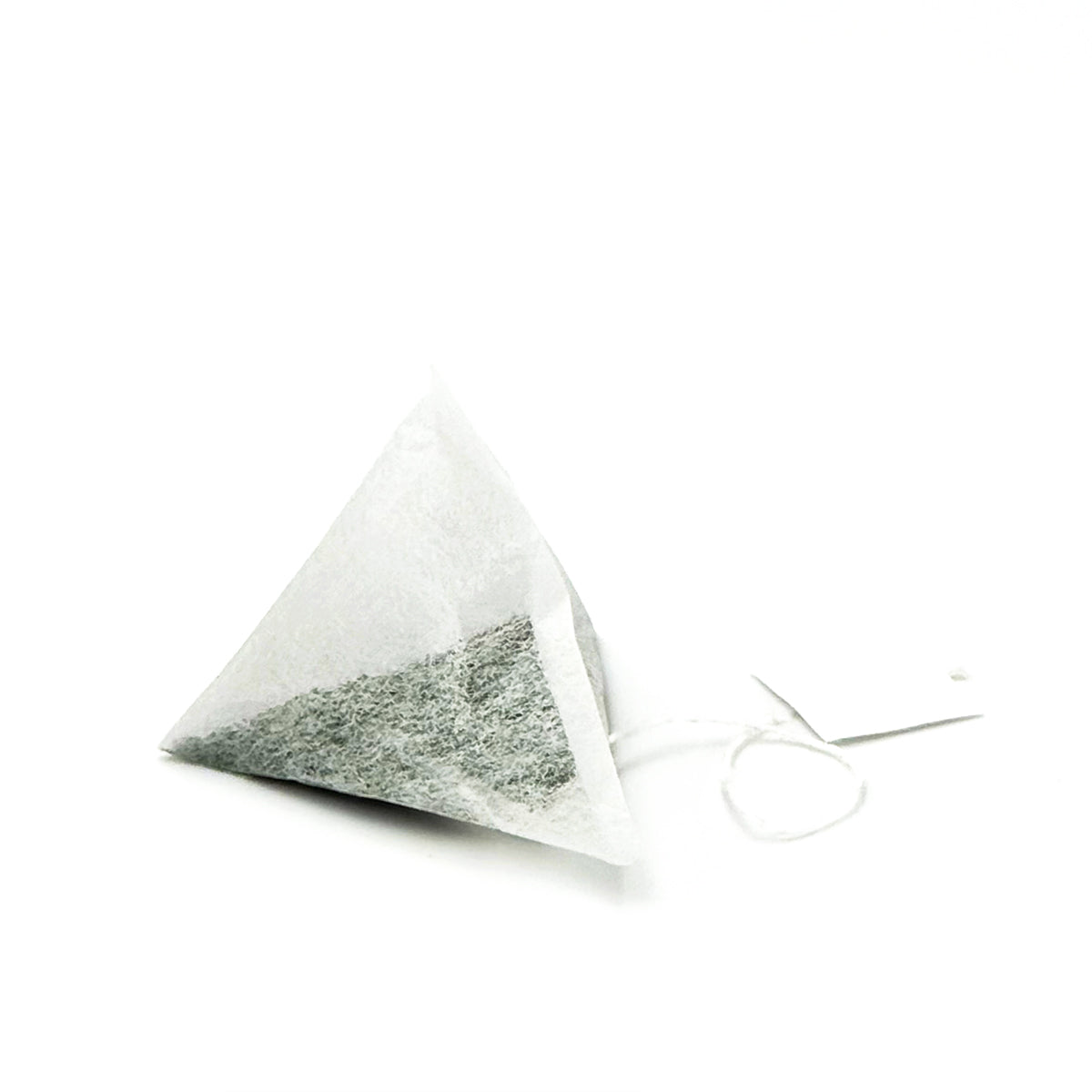
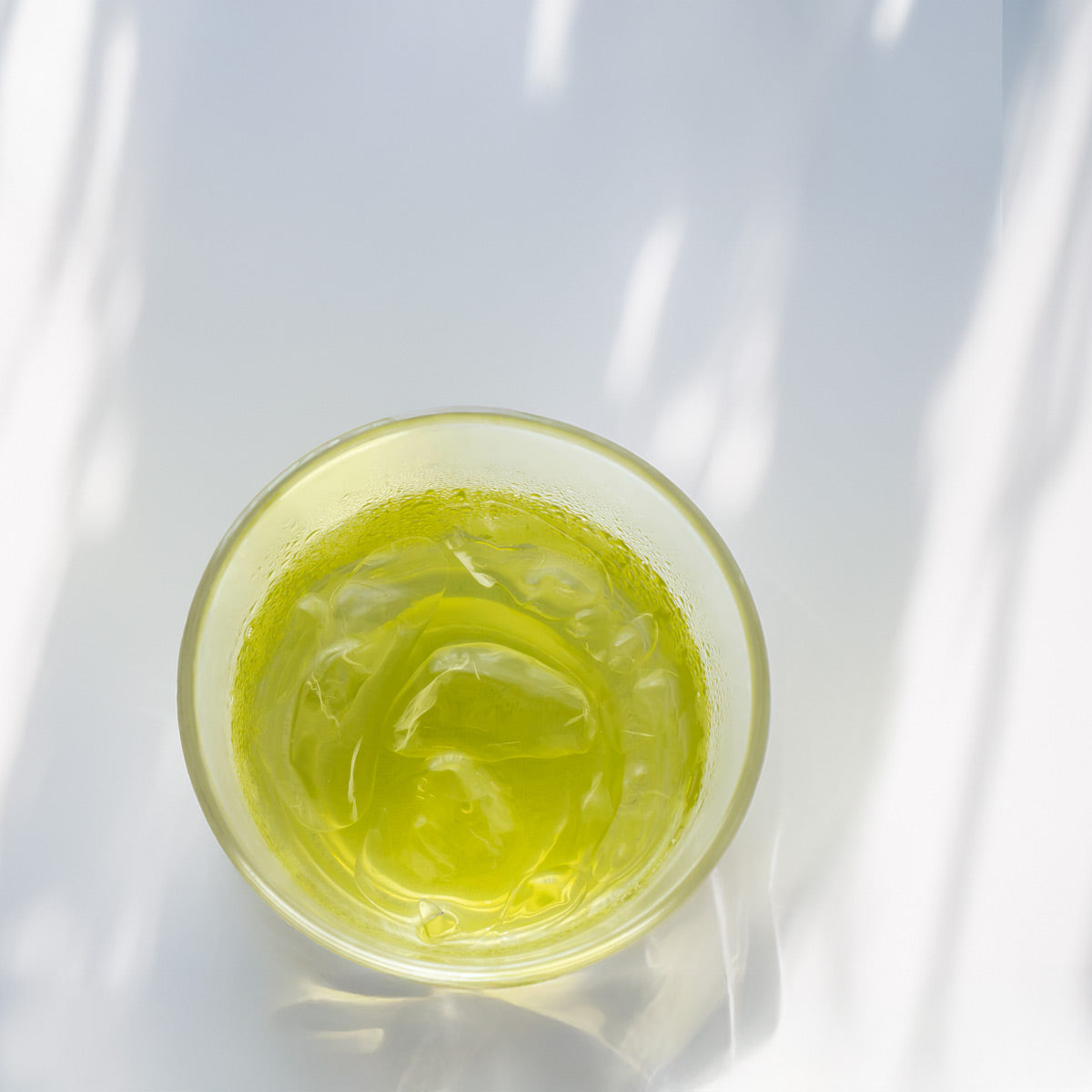
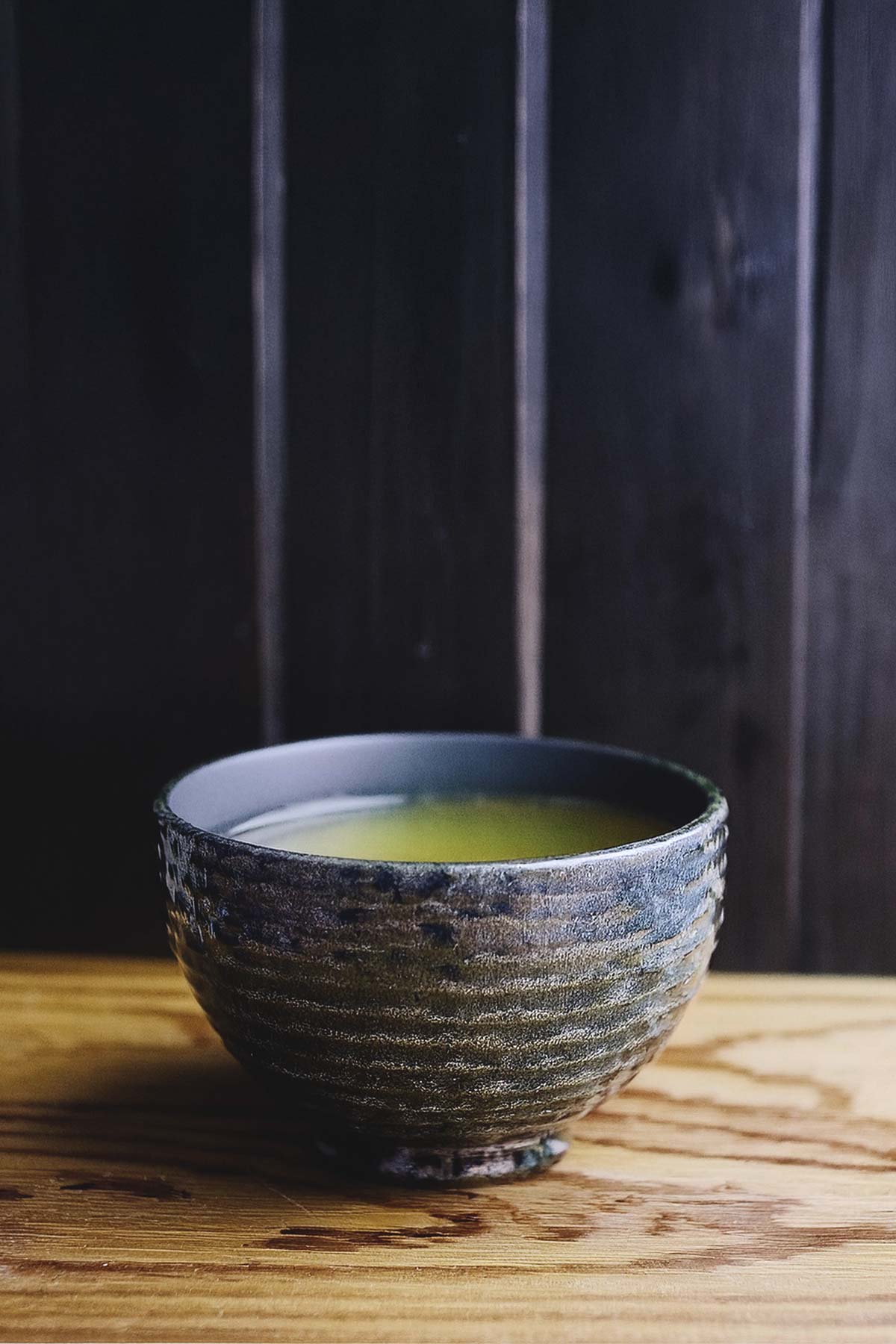

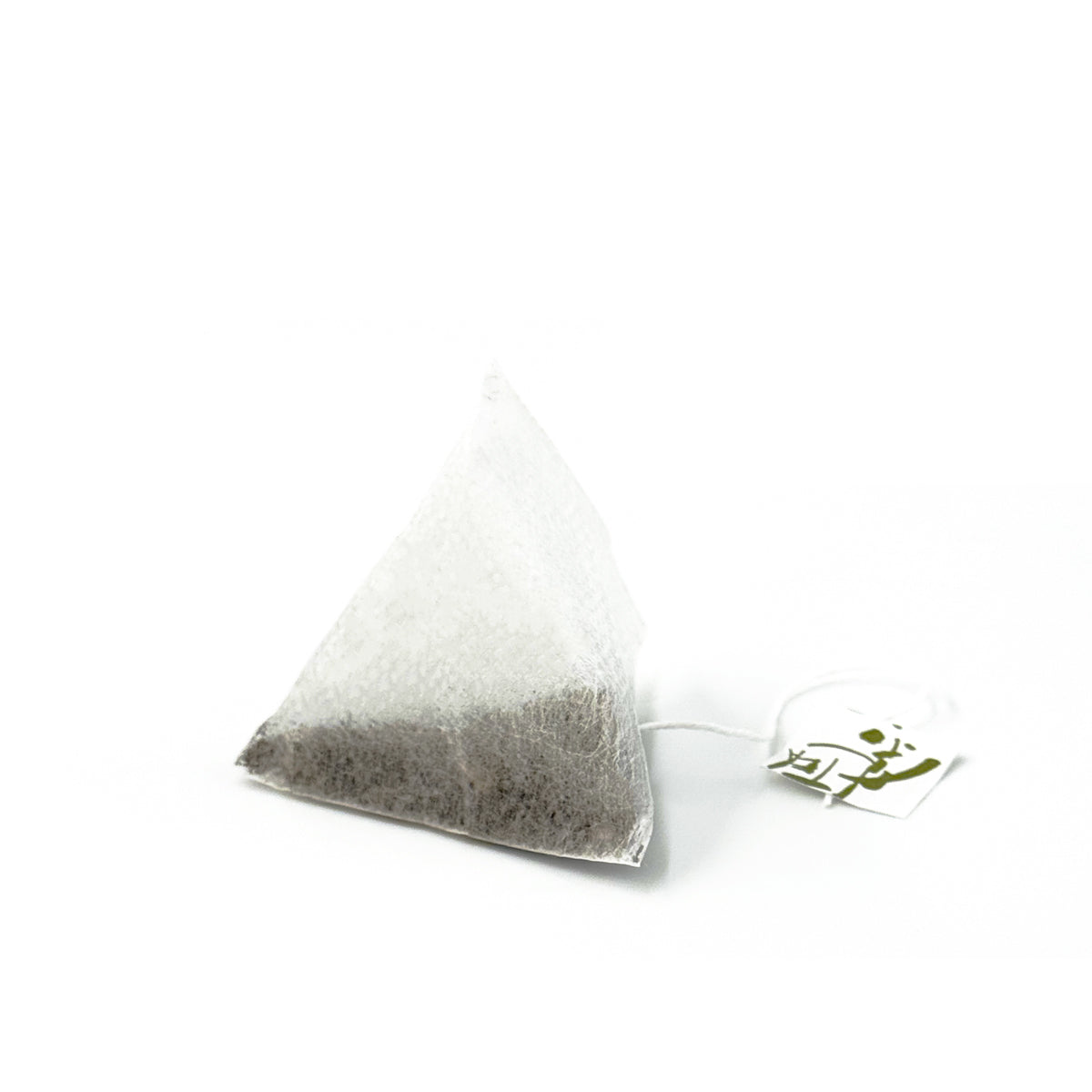

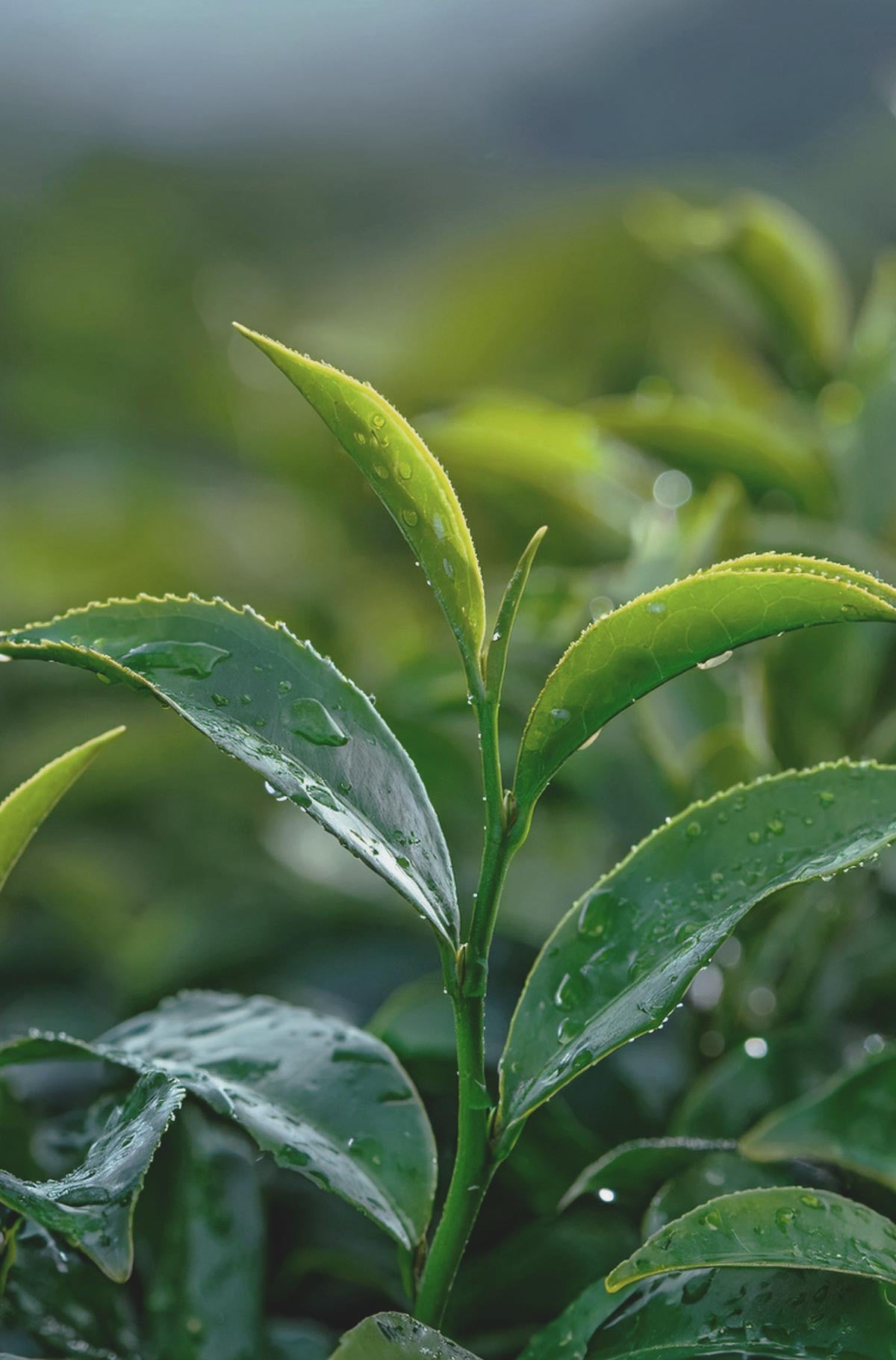

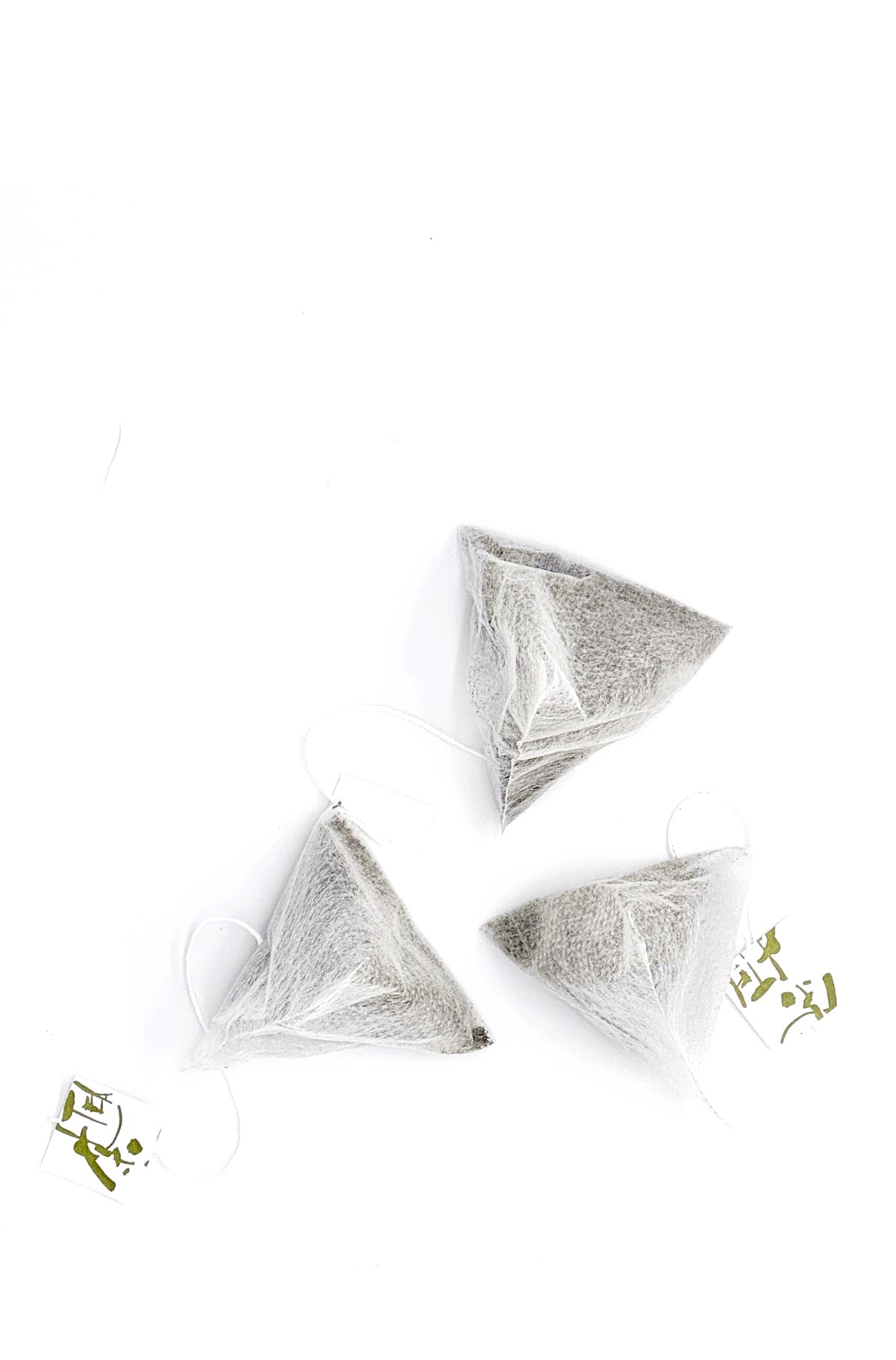








Chelsea: We do not use any artificial flavoring. Everything is natural and 100% quality green tea made in Japan. Pu-erh tea is fermented freshly cut green tea in high-tech clean room which is similar to processing of electronic chips where no bacteria or dust gets in. 80 hours of fermentation process is done with extreme care.
Thank you for your suggestion. We may consider package deal in the future.
Thank you so much! I’m feeling ready for the changes!Is there any reason you guys don’t offer a more abundant amount of the Puh-Erh? So we can buy more than just a little bit at a time?
Thanks for the reply! Is the Pu-erh still as ‘natural’ as other green teas? How is it processed differently? I’d hope it is still as natural, or it would take away from the main purpose for me.
Chelsea: Thank you very much for your comment. The good thing about Pu-erh tea is that you can easily make it a habit in your lifestyle. Many people tend to fail with diet method because of not being able to sustain every day. Pu-erh tea tastes good so you can have it with every meal without much of hassle, and it tastes good.Pu-erh tea has more of Polyphenol and Gallic Acid which are main diet component from green tea. Because of how the tea is processed, the elements are more in Pu-erh tea than counterpart “sencha” green tea.